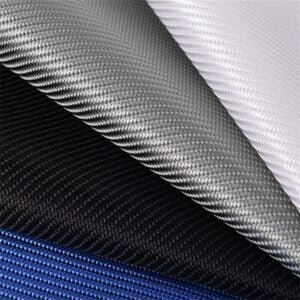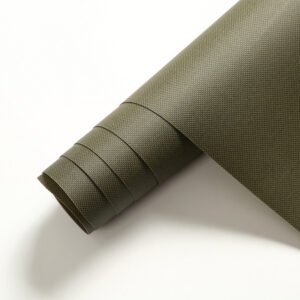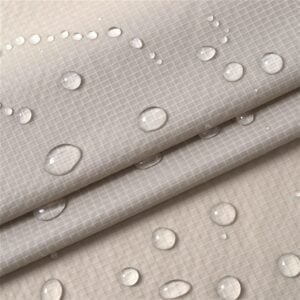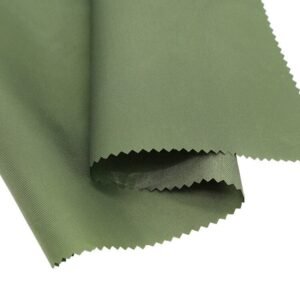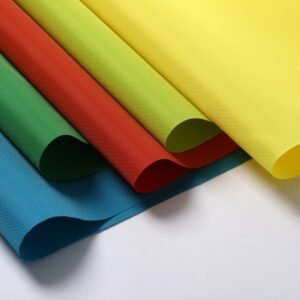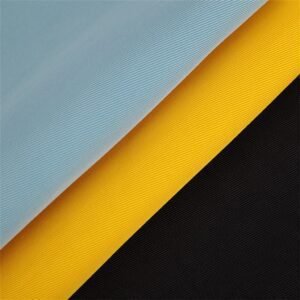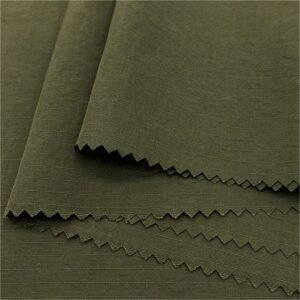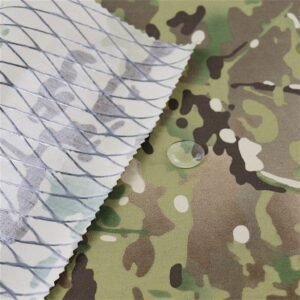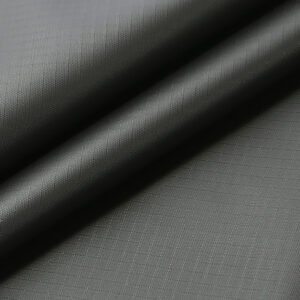
Unveiling the Secrets of Tent Fabrics: Insights from TENT FABRIC Manufacturers
I. The Art of Waterproofing in Tent Fabrics
(1) The Pivotal Role of PU Waterproof Coating
(2) DWR Treatment and Silicone Coating: Enhancing Tent Performance
II. A Diverse Array of Tent Fabrics
(1) Polyester Tent Fabric: Balancing Cost and Durability
(2) Nylon Tent Fabric: Lightweight Strength for the Adventurous
(3) Nylon 66 Tent Fabric: Premium Performance in Demanding Conditions
(4) Ripstop Tent Fabric: Reinforced Durability Through Innovation
III. Navigating Fabric Specification Selection
ANTISTATIC FABRICS
MULTIFUNCTIONAL FABRICS
FLAME-RETARDANT FABRICS
OIL-REPELLENT FABRICS
FOUL WEATHER FABRICS
HIGH VISIBILITY FABRICS
Suzhou Sikor Industry Co.,Ltd is an innovative enterprise headquartered in Suzhou, China, with extensive experience in the production of high-performance woven chemical fiber fabrics.
Our main fabrics include lightweight fabrics, ripstop fabrics, sustainable and biodegradable textiles, woven fabrics and functional fabrics, especially functional fabrics, waterproof and breathable fabrics, weldable fabrics, 3-layer laminates Fabric, Antibacterial odor resistant and durable cordura fabric.
These fabrics are designed to provide special protection and are suitable for casual wear, outdoor sportswear, work wear. Various applications including bags, tents, camping supplies and industrial uses.









